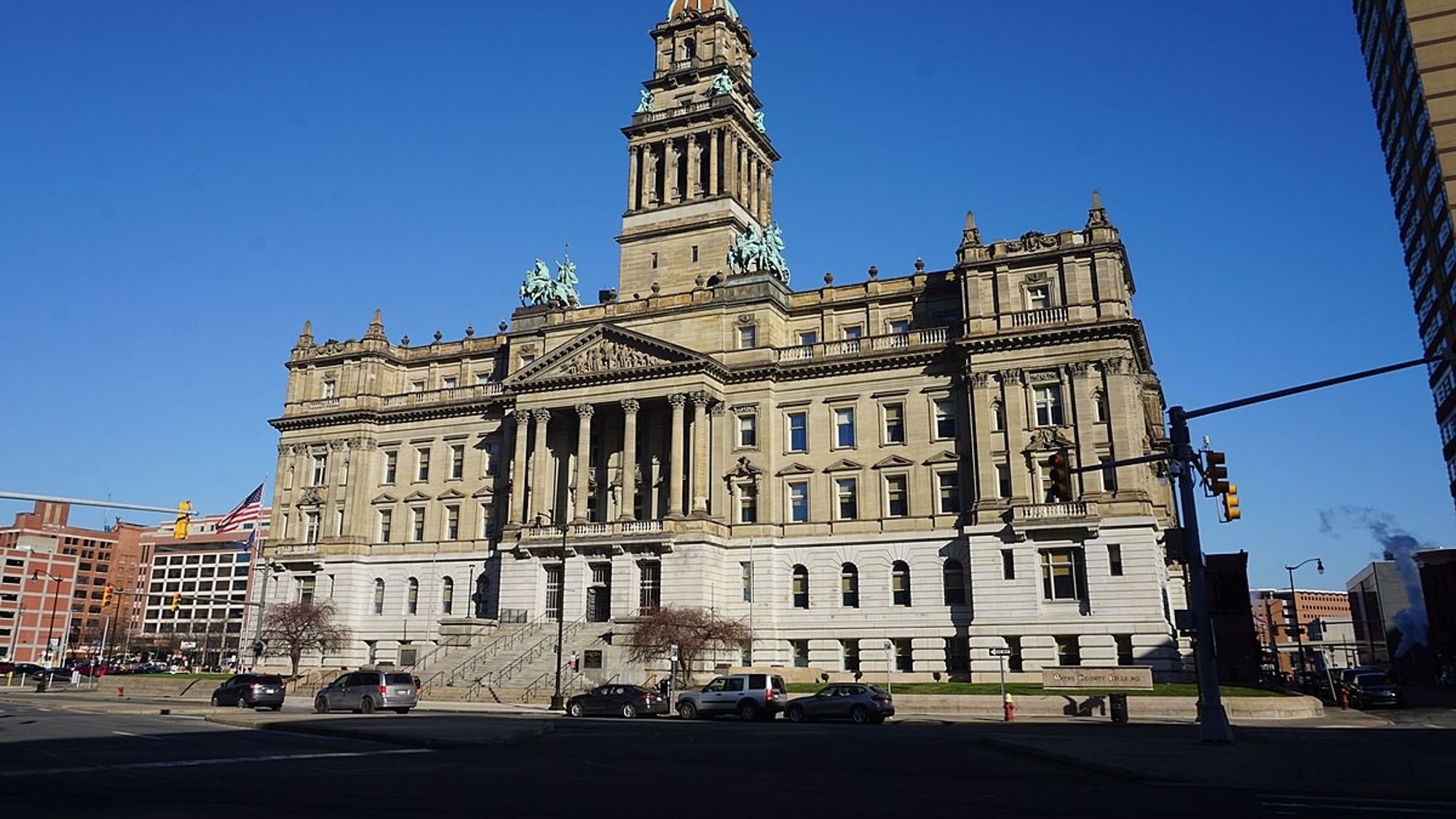
Architecture serves as both an artistic expression and a reflection of cultural heritage. Many structures once stood as grand symbols of their time, showcasing exceptional craftsmanship and historical significance. From majestic hotels to iconic railway stations, these buildings played an essential role in shaping urban landscapes and human civilization. Unfortunately, some of these architectural marvels have been lost due to natural disasters, fires, or redevelopment. Here are some of the most extraordinary buildings that once stood proudly but have since vanished.
Saltair Pavilion – Utah, United States
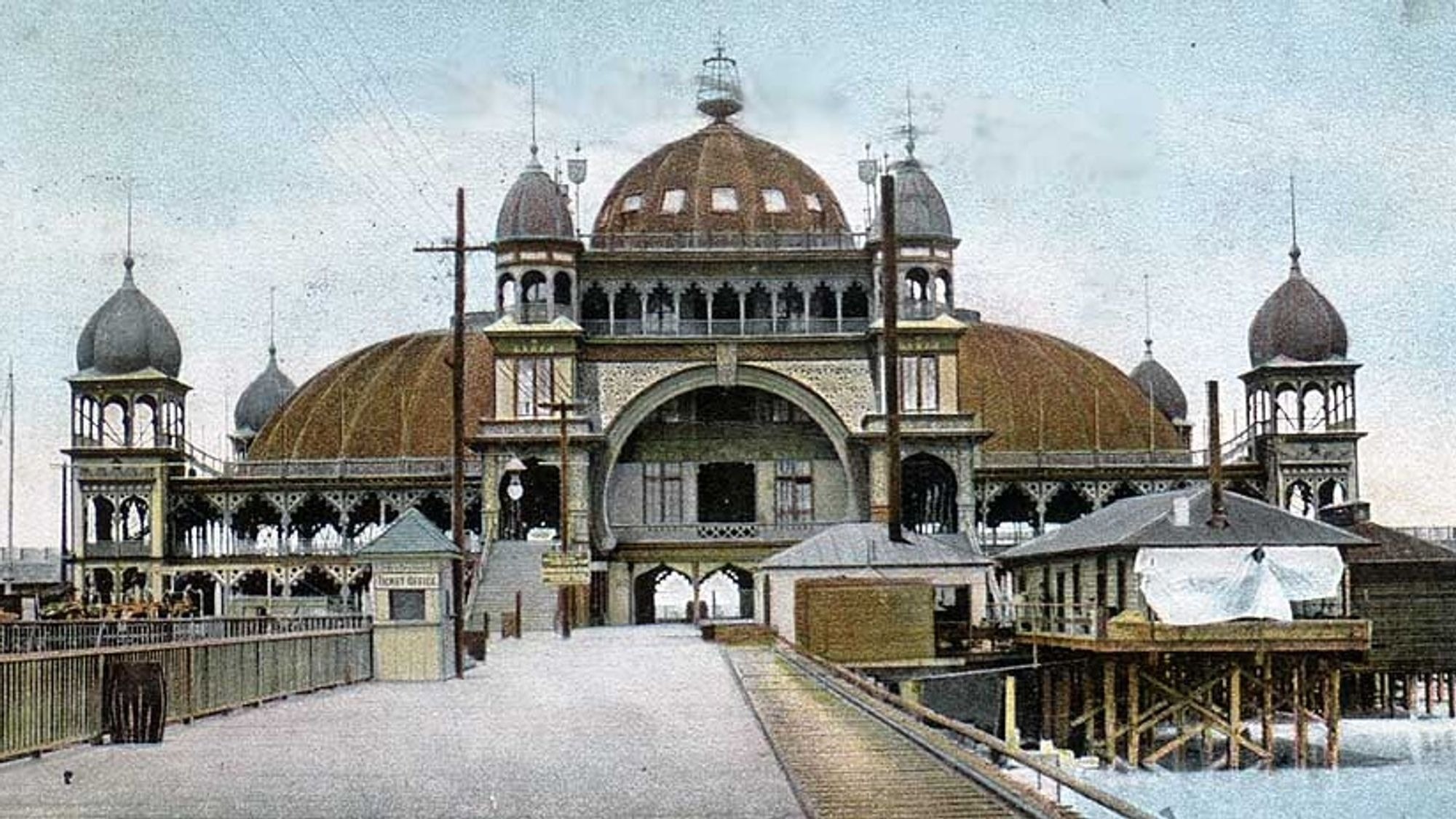
The Saltair Pavilion, a once-thriving resort on the shores of the Great Salt Lake, opened in 1893. Known for its striking domes, spires, and piers, the pavilion attracted visitors who enjoyed the lake’s buoyant waters and scenic beauty. It became the most successful resort in the region, offering a luxurious getaway. However, in 1925, a fire destroyed the structure, leaving behind only memories. Although subsequent pavilions were built in its place, none matched the original’s charm and popularity.
Paleis voor Volksvlijt – Amsterdam, Netherlands
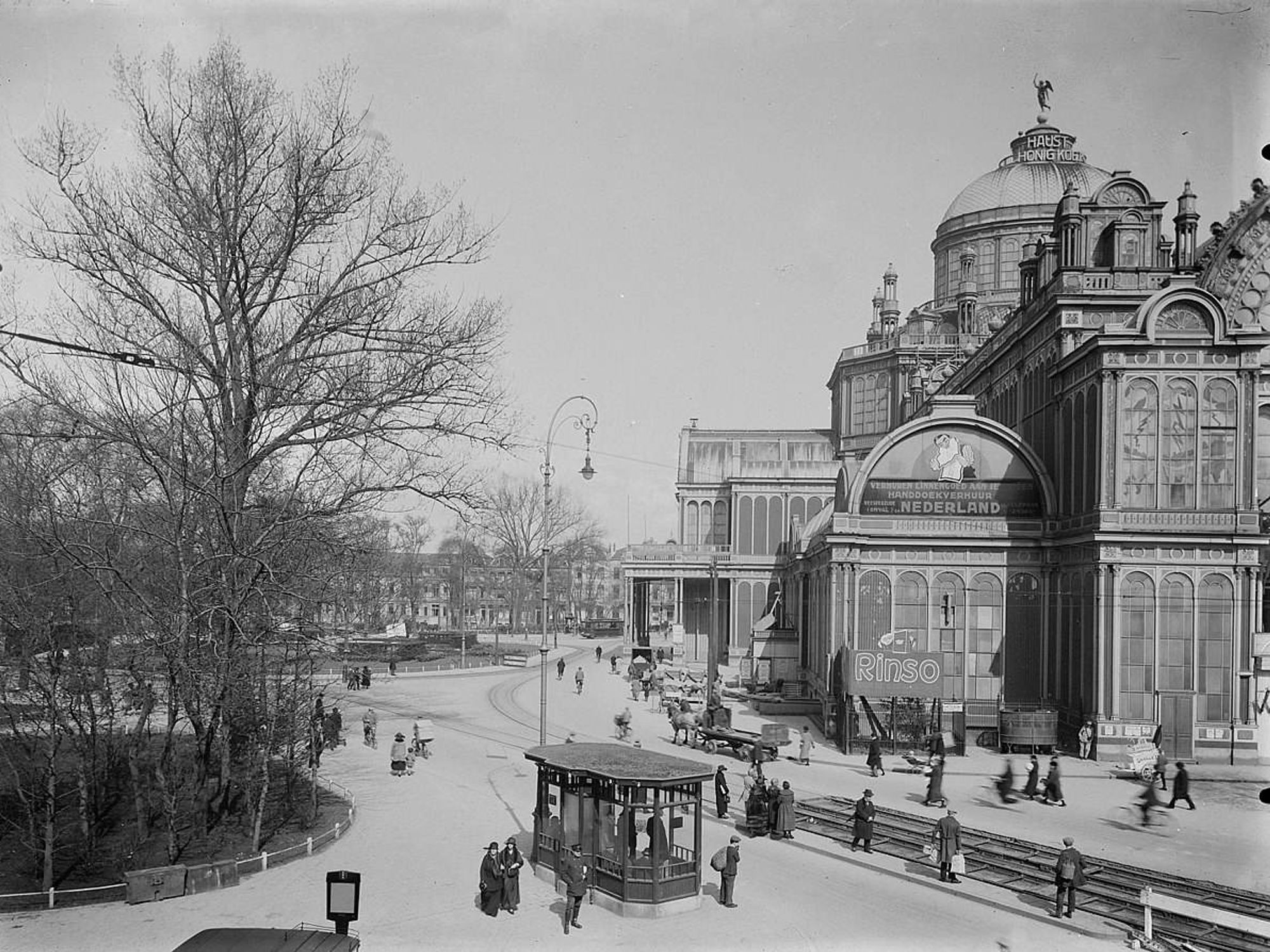
The Paleis voor Volksvlijt, meaning “Palace of Industry,” was an impressive exhibition hall constructed between 1859 and 1864 by architect Cornelis Outshoorn. Inspired by London’s Crystal Palace, this Dutch landmark featured stunning ironwork and grand domes. Originally designed for exhibitions, the building was later used as an entertainment venue and shopping gallery. Tragically, in 1929, a devastating fire consumed the structure, and it was never rebuilt.
Wabash Terminal – Pennsylvania, United States
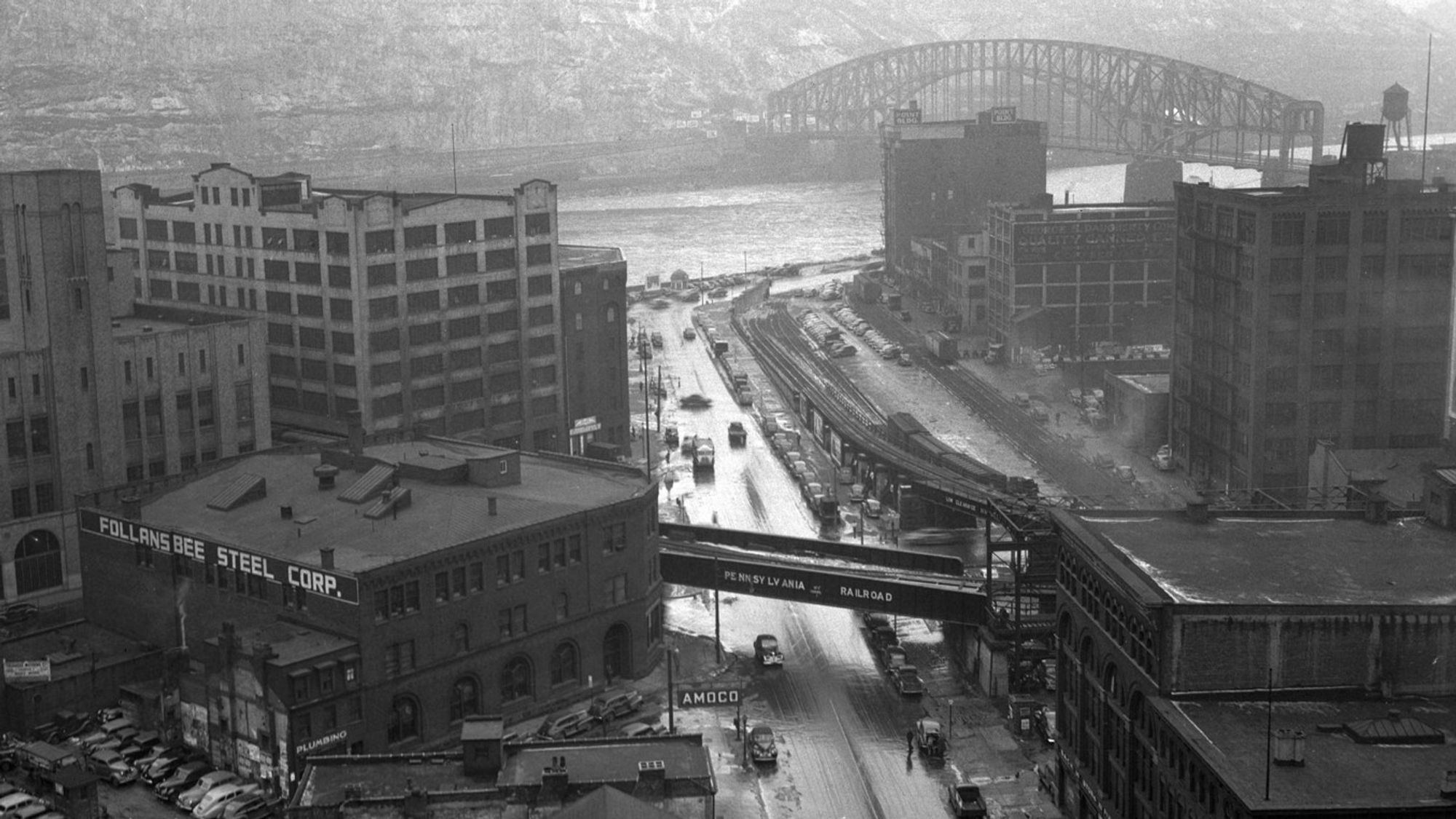
The Wabash Pittsburgh Terminal was an 11-story Beaux-Arts masterpiece, designed by architect Theodore C. Link. Built in 1904 at a cost of $1 million, this grand railroad station featured elegant columns and a magnificent neo-Baroque dome. It served as a major transportation hub during the golden age of railway travel. However, in 1946, two separate fires within a month destroyed much of the building, leading to its eventual demolition.
Chorley Park – Toronto, Canada
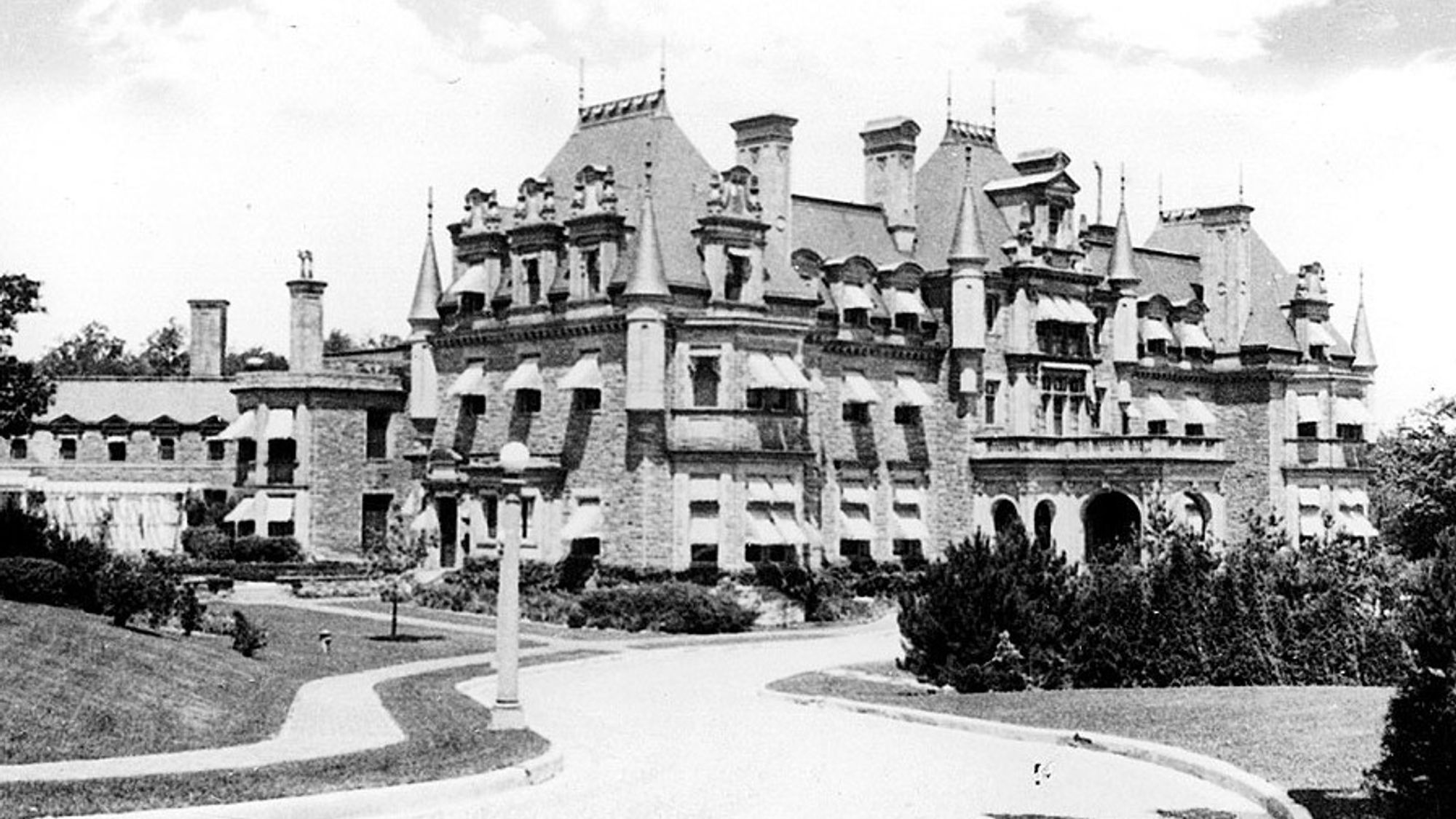
Chorley Park was a grand estate in Toronto that once served as the fourth Government House of Ontario. Designed by architect Francis R. Heakes, the mansion was built between 1911 and 1915 in the French Renaissance style, featuring intricate stonework and elegant gardens. Despite its beauty and historical significance, the estate was demolished as part of a citywide initiative to remove large structures. Today, only a bridge remains within Chorley Park, a naturalized area in Toronto.
Hildesheim – Lower Saxony, Germany
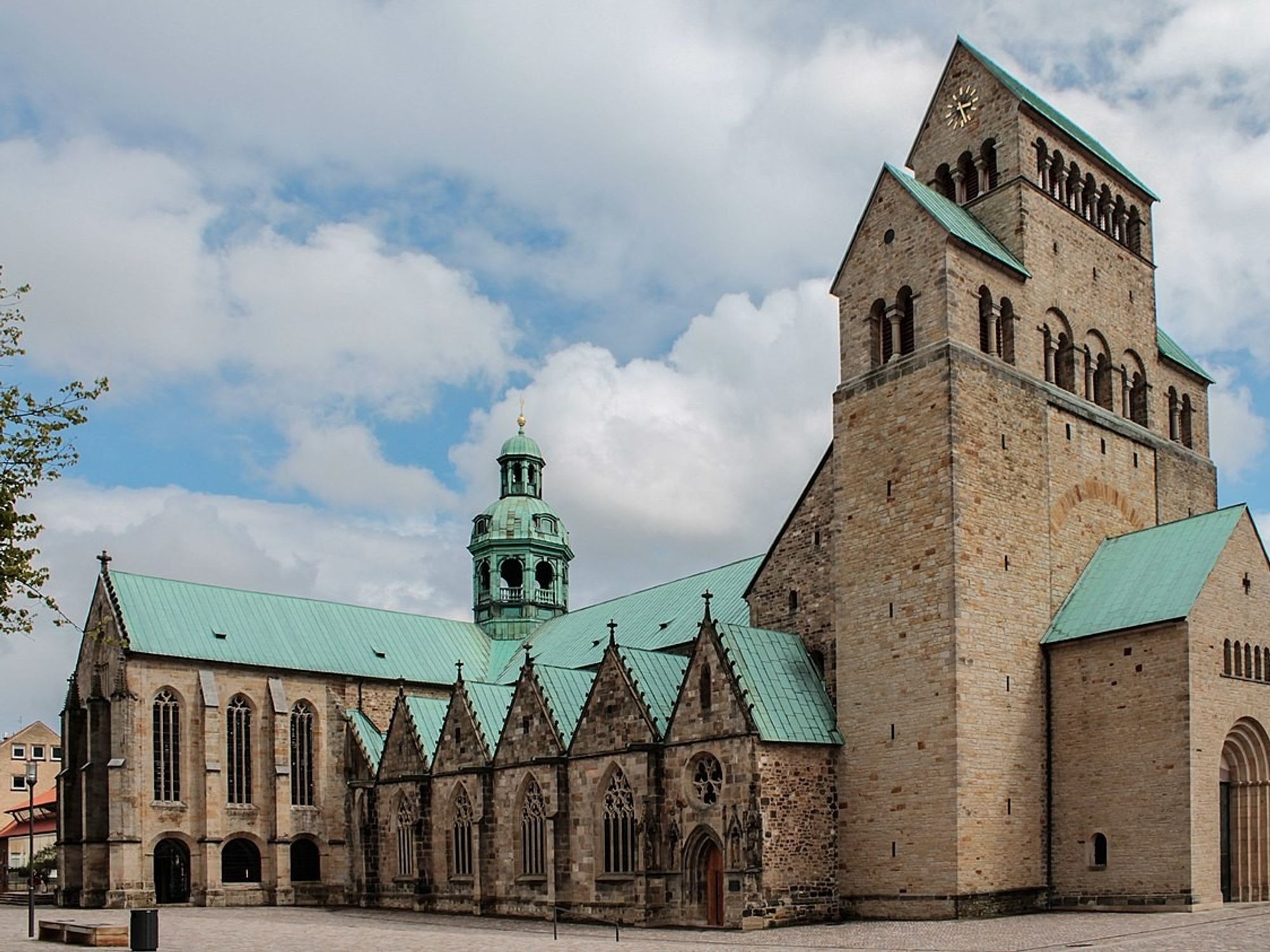
Hildesheim, a historic city in Lower Saxony, Germany, was known for its medieval architecture and centuries-old structures. Dating back to the 9th century, the city held cultural and economic importance, becoming a key point along major trade routes. During World War II, Hildesheim suffered significant damage. In March 1945, air raids devastated the city center, resulting in the loss of many historic buildings. Some structures were later reconstructed, but much of the original medieval charm was lost.
Public Library – Detroit, Michigan, United States

The Detroit Public Library is part of one of the largest library systems in the U.S. Its main building, designed by renowned architect Cass Gilbert, was constructed in the Italian Renaissance style, featuring marble exteriors and elegant reading rooms. Cass Gilbert, also known for designing the U.S. Supreme Court and the Woolworth Building in New York, left a lasting architectural legacy. While Detroit’s library system remains operational, some of its historic structures have faced challenges over the years.
Federal Building and Post Office – Chicago, Illinois, United States
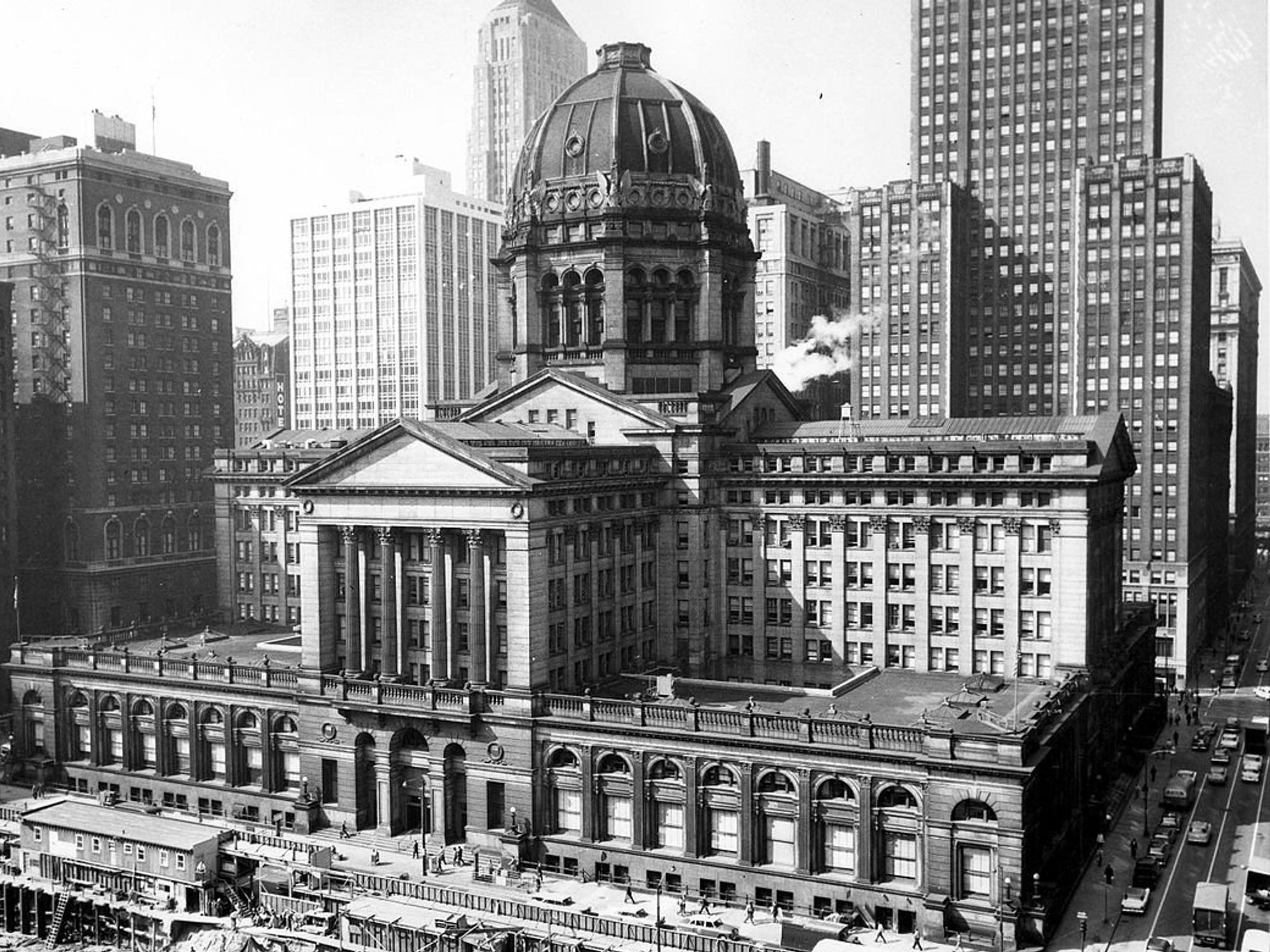
Built between 1898 and 1905, Chicago’s Federal Building was a grand 16-story structure that housed government offices, federal courts, and the city’s central post office. Its most defining feature was a massive rotunda that towered over The Loop neighborhood. Despite its significance, the building was demolished in 1965 to make way for the Kluczynski Federal Building, which now serves similar governmental functions.
N6 Pyramid – Meroë, Sudan

The N6 Pyramid in Meroë, Sudan, was an ancient structure located in the northern desert region. Part of an advanced civilization that once flourished in the region, the pyramid stood as a testament to the architectural skills of early builders. However, in the 1830s, explorer Giuseppe Ferlini used explosives to dismantle sections of the pyramid while searching for hidden treasures. This destruction led to the loss of both the structure’s original design and the priceless artifacts within.
Waldorf Hotel – New York City, United States
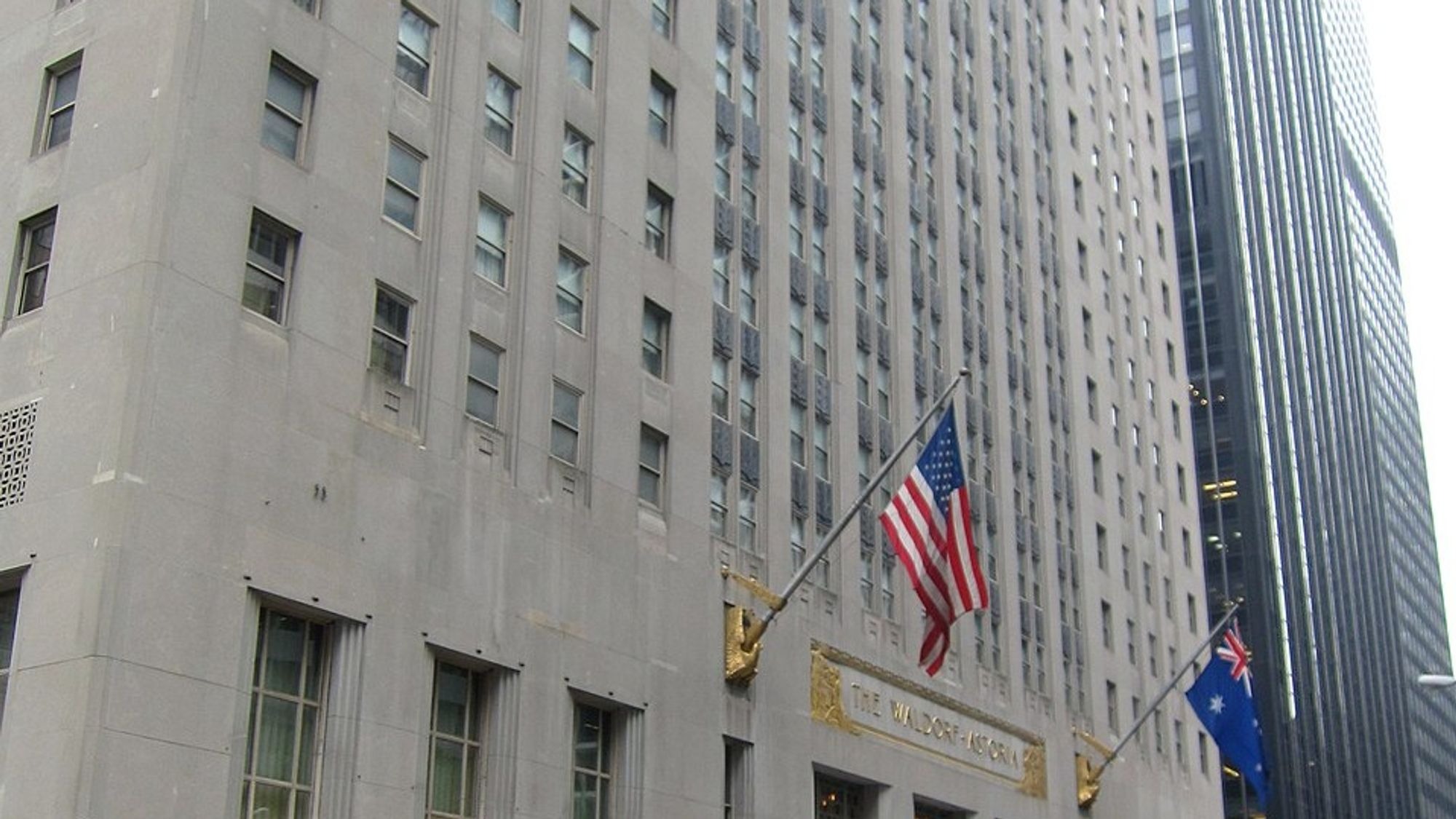
The Waldorf Hotel, a symbol of luxury and sophistication, was built in 1897 in New York City. Designed by architects Schultze and Weaver, it was one of the tallest buildings of its time and an iconic representation of grandeur. The hotel’s origins stemmed from a rivalry between William Waldorf Astor and John Jacob Astor IV, who built competing hotels before merging them into the renowned Waldorf Astoria. However, in 1929, the original structure was demolished to make way for the Empire State Building.
These lost architectural wonders serve as reminders of history’s ever-changing landscape. While some buildings fell victim to natural disasters or war, others were replaced to make room for modern developments. Though they no longer stand, their stories continue to inspire and shape our appreciation for architectural heritage.
Leave a Reply